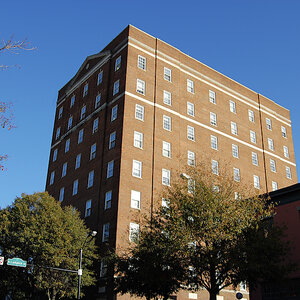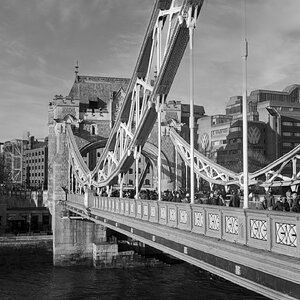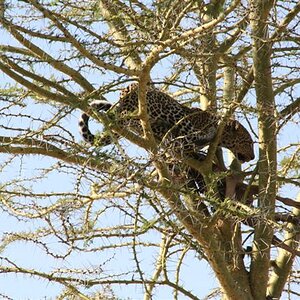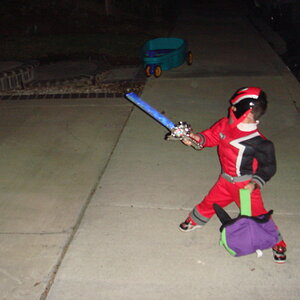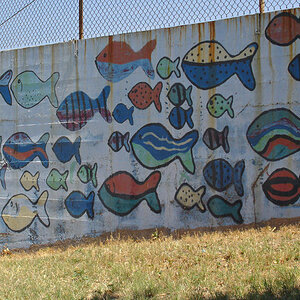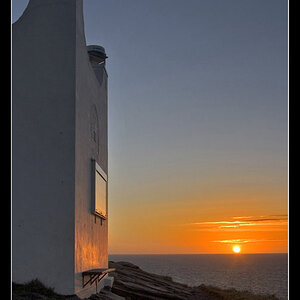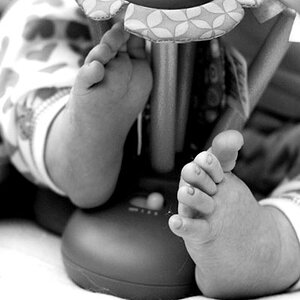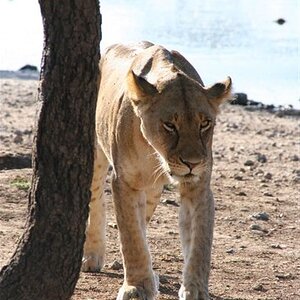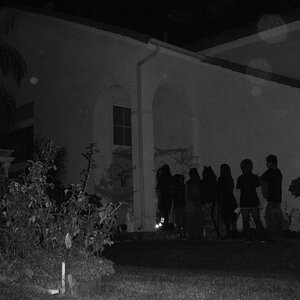AlexGavillan
TPF Noob!
- Joined
- Oct 23, 2017
- Messages
- 62
- Reaction score
- 6
- Location
- San Diego, CA
- Website
- www.instagram.com
- Can others edit my Photos
- Photos OK to edit
Happy Holidays!!
With Christmas over and the few weeks leading up to it, I have been around visiting family and decided to take the camera and practice a bit. While I wont be sharing any photos in this post, I was just curios of tips and tricks for getting decent shots in low light.
I played around with ISO, shutter speed, ,aperture, (using kit lens shooting at 55mm, could only stop down to 5.6) exposure compensation and couldn't really get what I considered "good" low noise photos. I thought about using my pop-up flash, but didn't want to be "that guy" haha. Not trusting my beginner skills, I used auto mode (no flash) for probably about half of the shots and they didnt seem much better
I know, a faster lens can help in low light situations, as well as maybe going with a wider aperture but I like shooting at 55mm. A family member brought their T3i with a 50mm 1.8 and got some nice shots. She tends to underexpose (keeping ISO pretty low) and adjusts the exposure when editing the RAW file in post.
Anywho, looking for any thing you guys have to throw my way.
Thanks!
Alex
With Christmas over and the few weeks leading up to it, I have been around visiting family and decided to take the camera and practice a bit. While I wont be sharing any photos in this post, I was just curios of tips and tricks for getting decent shots in low light.
I played around with ISO, shutter speed, ,aperture, (using kit lens shooting at 55mm, could only stop down to 5.6) exposure compensation and couldn't really get what I considered "good" low noise photos. I thought about using my pop-up flash, but didn't want to be "that guy" haha. Not trusting my beginner skills, I used auto mode (no flash) for probably about half of the shots and they didnt seem much better
I know, a faster lens can help in low light situations, as well as maybe going with a wider aperture but I like shooting at 55mm. A family member brought their T3i with a 50mm 1.8 and got some nice shots. She tends to underexpose (keeping ISO pretty low) and adjusts the exposure when editing the RAW file in post.
Anywho, looking for any thing you guys have to throw my way.
Thanks!
Alex













